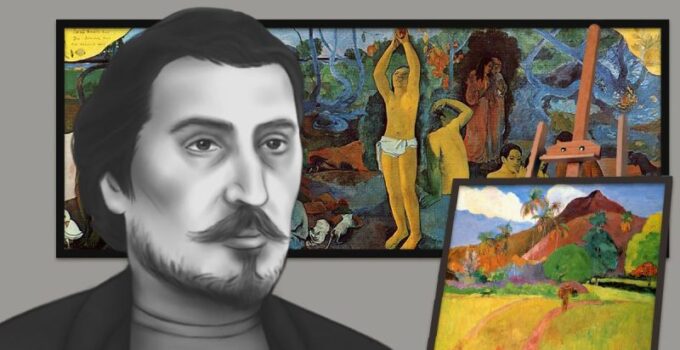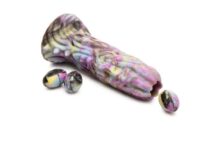French painter Paul Gauguin was a Post-Impressionist artist renowned for his rich portrayals of the Polynesian culture. His relentless pursuit of authenticity and distinctiveness facilitated the Primitive style, and the resulting images established his artistry as the catalog of tropical masterpieces it is remembered for.
Gauguin’s art wasn’t the only unconventional thing about the artist; his methods of creating art were equally experimental. His unprecedented techniques inspired several 20th-century avant-garde art styles like the Cloisonnist and Synthetist style. In addition, Gauguin’s works influenced other artists like Vincent Van Gogh, Henri Matisse, and Pablo Picasso.
Before his famous Polynesian images, Gauguin worked in France as a Post-Impressionist artist. However, he developed a distaste for conventional art in Europe. Deeming European art “artificial,” he relocated to the Polynesian islands, where he began producing exotic paintings of natives and their landscapes. Although he has some notable pre-Tahiti paintings, works from his time in French Polynesia are his most celebrated. This article answers whether Gauguin’s original works can be purchased.
Page Contents
An Artist is Born
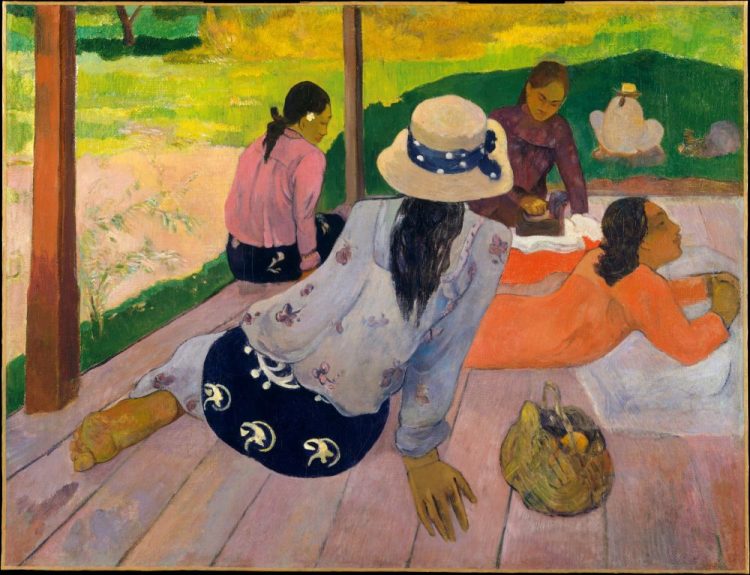
Source: metmuseum.org
Gauguin was born in France on June 7, 1848. It was during the political revolts that seized Europe in the mid-1800s. His parents, Clovis and Aline (née Chazal) Gauguin, already had a daughter named Marie, making him their second child.
Because of threats to his father’s life and career as a liberal journalist, the family fled France for his mother’s native Peru. Clovis had hoped to continue his journalism in Peru, but unfortunately, he died en route, leaving his family in the care of his widow’s paternal granduncle. Gauguin was 18 months old at the time, and so his early childhood was spent in Peru.
The family enjoyed privileged treatment in Peru because their relative, José Rufino Echenique, was elected President. However, Echenique’s administration was ousted from power during the 1854 Peruvian Civil war, and once again, the Gauguin family fled Peru due to political unrest. They returned to France and lived with the children’s paternal grandfather, Gauguin was seven years old.
After moving back to France, Gauguin learned French and did well in his studies at local schools. He registered as a pilot’s assistant in the merchant marine at 17 and later enrolled with the navy at 20. He became a stockbroker in 1873 and married Mette-Sophie Gad, with whom he had five children.
Gauguin Artist’s Career
Interestingly, Paul Gauguin did not have a formal art education. His career simply began as a pastime activity. It is unknown when he developed a passion for art, but Gauguin spent many afternoons painting leisurely as a hobby. A contributory element were the Impressionist artists who frequented cafés near his Rue la Bruyère residence.
Additionally, Gauguin’s interest in art saw him frequenting several art galleries in Paris. He subsequently acquired enough artwork to boast of a moderately impressive collection. Along the line, he became acquainted with Impressionist artists like Camille Pissarro and continued to develop his art.
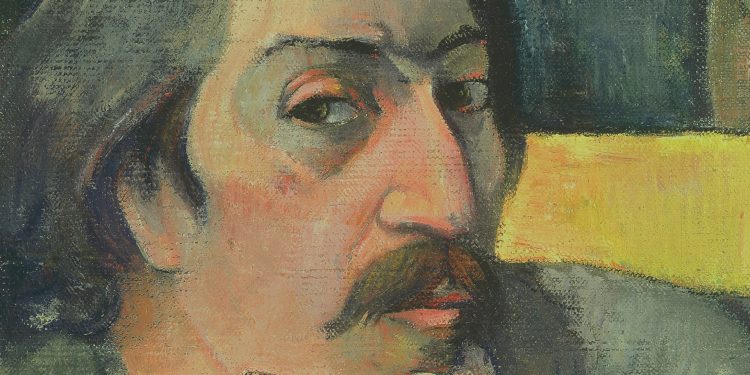
Source: gallery.ca
In 1882, Gauguin became a full-time painter following the stock market plummet. He began showcasing his works at Impressionist exhibitions around Paris. Although his earlier works received dismissive remarks, he eventually boosted his career with works like The Yellow Christ and his depictions of Brenton women.
In 1888, Gauguin’s portfolio caught the attention of another promising artist Vincent van Gogh. Van Gogh invited Gauguin, South of France, to work with him, and both men worked tirelessly for weeks, producing several artworks, including Gauguin’s now-famous Night Café at Arles and his portrait of Van Gogh.
Move to French Polynesia
A trend developed among artists in Europe around the late 1880s where traditional European art seemed less appealing. Instead, they became fascinated by the art of foreign cultures, particularly Asia and Africa. Gauguin, too, had become bored with European art; he sought solace in his travels to primitive regions, seeing them as an escape from the “artificial” European civilization.
In 1891, Gauguin bade his family farewell, promising to return wealthy enough to give them a fresh start. But unfortunately, it was the last time they ever saw him because Gauguin instead decided to remain in French Polynesia for the rest of his life, only returning to France once.
Most of Paul Gauguin’s famous drawings date back to his stay on the Polynesian islands. He painted several portraits of the locals and their tropical landscapes, expertly detailing their Polynesian features. Paintings from this era include Woman with a Flower (1891), Tahitian Women on the Beach (1891), and Two Tahitian Women (1899).
Gauguin’s art in French Polynesia also included wood carving and engraving. He wood-carved local structures like Père Paillard (Father Lechery) and Oviri (Sauvage). He spent roughly a decade in French Polynesia before he died in 1903 at 54.
Are Gauguin’s Paintings for Sale?
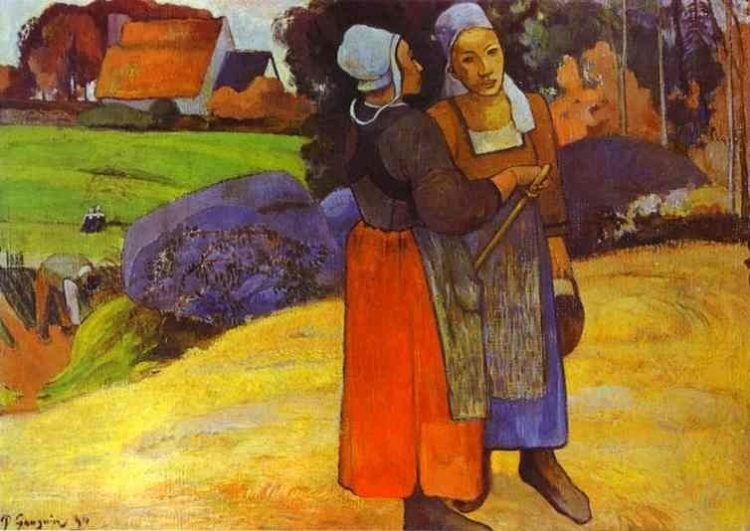
Source: artble.com
Very few Gauguin’s works are owned in private collections; most are currently on display at prestigious museums like the Musée d’Orsay and Metropolitan Museum of Art in France and the United States.
In 2007, Te Poipoi (The Morning), an 1892 painting of Gauguin’s, sold for $39,241,000 at a Sotheby’s auction. The painting depicts the early morning rituals of native Tahitian women by the river.
Also, In 2015, one of his Polynesian works—Nafea Faa Ipoipo (When Will You Marry?)—an 1892 depiction of 2 Tahitian ladies, reportedly sold for a record-breaking $300 million. The sale marked the most expensive artwork ever sold.
It should be noted that the paintings were privately owned by collectors who then sold them to other private individuals. As a result, the few Gauguin paintings that aren’t in museums are typically ultra-expensive, beyond the reach of most.
Conclusion
Because of Gauguin’s relatively new posthumous fame, his works have become hugely more valuable. Unfortunately, most of his famous paintings are out of reach, currently residing at some of the most noteworthy museums worldwide. However, a viable alternative is commissioning reproductions of his original works.

